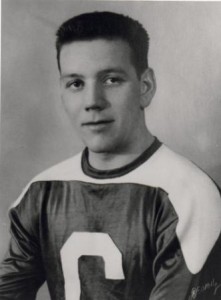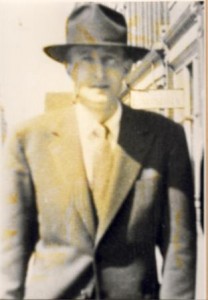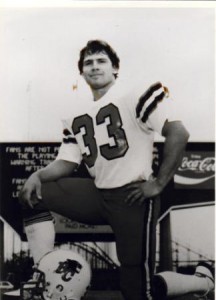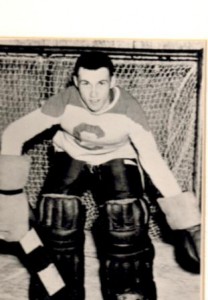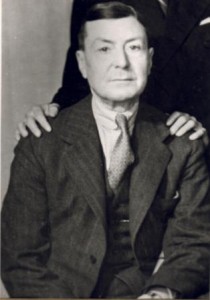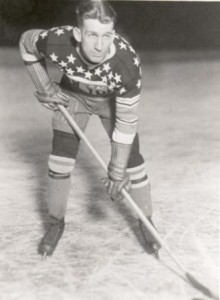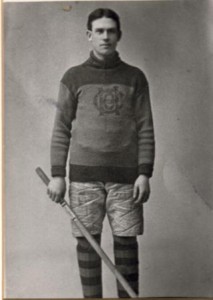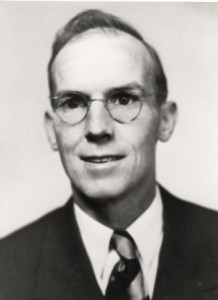 He was born December 11, 1912 in Grandview Manitoba and moved to this area
He was born December 11, 1912 in Grandview Manitoba and moved to this area
at the age of 6. He married S.E. (Nellie) Brock in 1942 and together they raised four children, 2 son, Allan and Jim and two daughters, Betty and Barb.
For several years he was an avid curler and member of the Collingwood Curling Club.
Wilf was the patriarch of softball in Nottawa both as a player or as a coach or as a
manager. He played softball from early school days as a catcher. Few base
runners could beat his peg from the plate to second base, always hit well over
.300 and gave everything he had in every game, even if the game was exhibition.
This trait continued into his coaching/managing career. He was a member of the
ball team of 1925 and was still with them 50 years later.
He started the first outdoor skating rink in Nottawa. Bob Martin and Wilf drew hot
water from Smart’s Cannery on First Street in Collingwood to flood the rink. He shared the dream of having a recreational park with ball lights in Nottawa and this
dream came true in 1969. He was a member of the Nottawa Recreation Committee
who without government grants, worked diligently to realize their dreams.
He was coach of the Nottawa Jardine Midget Club who won the Provincial Championship in 1967; they also won the Blue Mountain Softball title 3 years in a row. That same year the Nottawa Brocks Senior Ball Team won the All Ontario. Most of these players had played under the direction of Wilf in previous years. Therefore a village of 400 boasted two Provincial Championships in one year.
Five members of the 1967 Ontario Midget Championships, Don Gallagher (Collingwood Police Department), Bob Gallagher (Collingwood Police Department), Brad Leno, Les Draper and Dennis Rowbotham (Metro Police Department Mounted Division)became police officers. Jim Bell became a Veterinarian. Wilf also helped to
coach school teams under the direction of Joy Burkholder and Wayne Hartle. In
1977 Wilf coached the Nottawa Daals to the sixth championship in a row.
Wilf started his hockey career in 1960/61 as a manager. He managed teams coached by Dennis Robinson, Harvey Pearen, Cliff Rimmington and Bill Gurney. In 1967 he
managed the Legion Vets, who went on to become All Ontario Finalists, losing to
Leamington in a best of three series. He managed teams on which Paul Shakes and Randy Osburn played, both of whom went on to become NHL players.
Many of the boys managed by Wilf still play hockey today as well as on of his
coaches, Harvey Pearen, who plays on the Beaver Lumber Oldtimers over 45’s.
Wilf’s home was always open to the “young people” and many hours were spent
replaying the “games” until Wilf’s death on April 28, 1984.
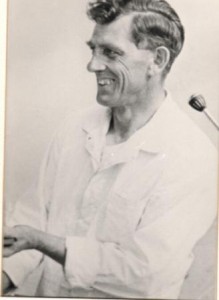 John Palmer’s racing boats were built for speed – at times exceeding 100 miles per
John Palmer’s racing boats were built for speed – at times exceeding 100 miles per
